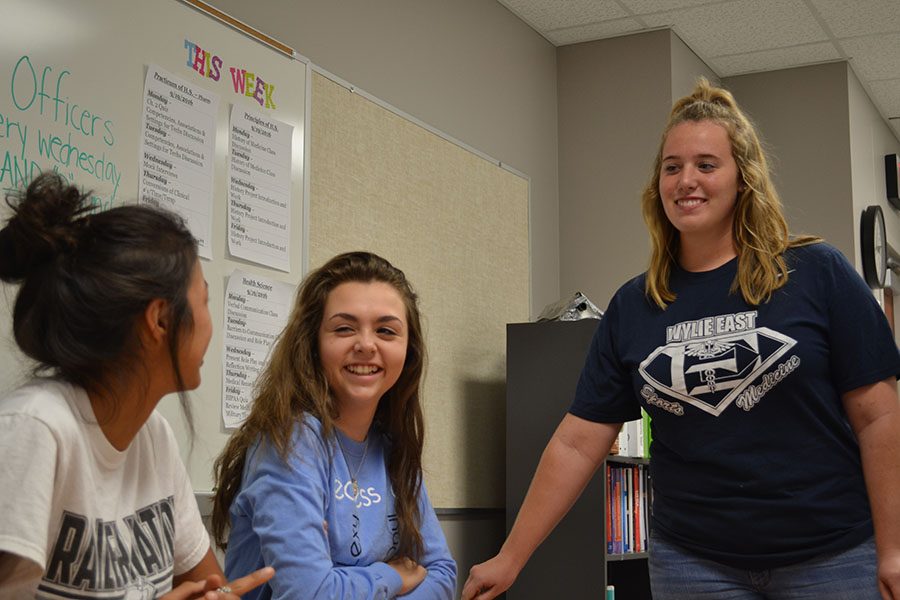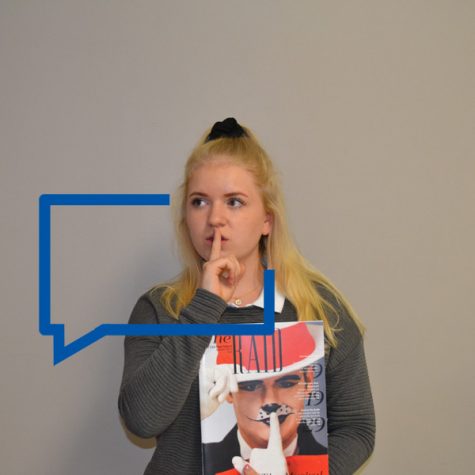Overcoming barriers
HOSA students use skits to learn how to handle professional situations
September 25, 2016
He walked into the doctor’s office and tried to explain his symptoms to the doctor, but she didn’t understand because the patient wasn’t speaking English. The doctor called in a translator, so she could communicate with him.
Students acted out skits like this in Mrs. Ronda Sisak’s health science class, where they learned how to overcome barriers in the medical field Sept. 22.
The students acted out wrong and right ways to handle barriers that might occur when working with medicine. It could be a language barrier, for example, that they encounter. Even when working as a nurse, doctor or any medical profession, situations can emerge and it can be difficult to know how to handle it correctly. It can be a challenge for even a professional.
“I think the hardest part would be to have an effective communication with the patient,’’ junior Emily Easley said.
Working as medical professionals, doctors, nurses etc, they will have to stay respectful and friendly no matter what situation they end up in. That can also be a challenge for some, who quickly can become frustrated, when the communication with the patient is not effective. “The hardest part being in these situations would be staying respectful to the people,” junior Lauren Dumas said.
Trying to act out situations that you might experience in this profession can help the students a lot. It is a good thing to learn both the correct and wrong way to handle situations, so there’s no doubt in how to handle it as a professional.
The activity helps students to prepare for what they want to do later in life, like how Lovett wants to be a nurse and Easley wants to be a physical therapist for special needs kids.
There are many different ways for this scenario to bring it to life.
“This activity helped me to see different barriers you could encounter,” Dumas said.



